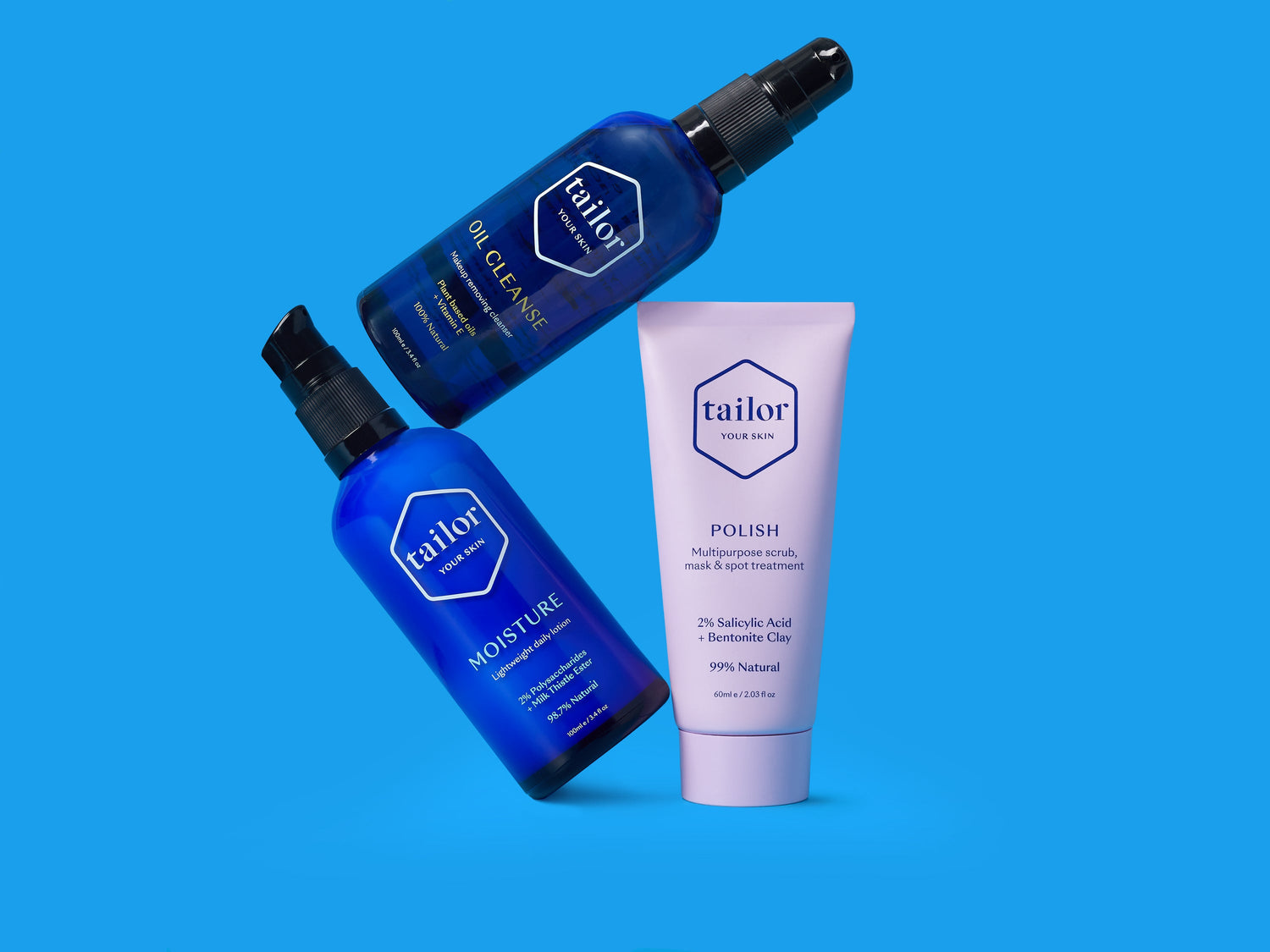How do breakouts form?
Blocked pores
Breakout formation begins with a blocked hair follicle/pore. This is caused by thickened dead skin cells building up due to the process called hyperkeritinization. Normally, the oil produced by the sebaceous gland travels up the hair shaft helping to cleanse the skin’s pores of dead skin cells and then combines with sweat on the surface of the skin to protect it from environmental irritants. But because the pore is blocked, the oil and dead skin cells build up underneath the surface of the skin and inside of the skin’s pores.
Breakouts vs Blackheads
Oil trapped under the surface of the skin builds up and can result in either a black/white head or it can turn into a breakout. The reason a breakout can form rather than a black/whitehead is the presence of propionibacterium breakouts (breakouts causing bacteria) and inflammation.
Bacterial growth and inflammation
When breakouts causing bacteria are present, they start to feed on the combination of oil and dead skin cells inside the skins pores, resulting in inflammation. As the sebaceous gland continues to produce oil, the bacteria continue to grow which causes an increase in inflammation and pressure on the skin’s blocked pore. Eventually enough pressure builds up causing the skin’s pore to rupture, spilling bacteria and oil underneath the skin. The body’s response is to send white blood cells to the rescue. The white blood cells protect the body from bacterial infection by forming a puss filled papule or a deep down cyst (depending on how deep down the pore rupture occurred). This means that if you attempt to pop a papule or breakout cyst you run the risk of spreading the puss further under the surface of the skin often resulting in more breakouts occurring.

Above: results of using Polish and Renew over a two week period
How do hormones, diet, stress and the environment contribute?
Hormones
There’s a receptor on the sebaceous gland of the skin called the androgenic receptor. This receptor is activated by androgen, a hormone released by the body. The activation of the receptor sends a message to the skin telling it to produce oil, meaning the more androgens in your system, the more oil the skin is likely to produce. Androgens are released in high amounts during puberty and around that time of the month. Giving us the link between breakouts and hormones.
Diet
What we eat can also increase the amount of oil our skin produces particularly dairy and refined sugars. Individuals with diets high in sugar and dairy products are likely to have increased levels of a protein called IGF-1. Increased levels of IGF-1 protein are associated with increased activation of the androgenic receptor and excess oil production by the skin, giving us a link between diet, oil production and breakouts. On the other hand caffeinated drinks like coffee and many “energy drinks” as well as alcohol are very dehydrating to your system and can often result in inflammation.
Stress
Stress also promotes inflammation by the release of pro-inflammatory cytokines. Inflammation combined with blocked pores, excess oil production and bacterial growth can lead to a follicle rupture and breakouts.
The environment
Lastly, environmental pollutants like cigarette smoke or car fumes produce free radicals which can promote inflammation and can cause the oil on your skin to oxidise. This oxidisation can create the perfect growing environment for breakouts causing bacteria.
So there you have it, diet, stress, hormones and the environment all play a role in the formation of breakouts.

Above: results of using Polish and Renew over a four week period
Our top recommendations for breakout-prone skin
Tailor Polish plays the short-term game. The ingredients chosen in this multi-purpose product work to reduce breakouts and unclog pores. You can spot treat daily, scrub every other day and/or mask once per week with this deep cleansing, skin clearing, super hero.

Tailor Renew is in for the long-term. Who wants anti-ageing, anti-blemish and anti-redness all in one? This antioxidant rich, probiotic gem stimulates your skins renewal process and defends the skin against UV damage. Use this baby morning and night after cleansing and before moisturising.

References
Norman, R. A., Shenefelt, P. D., & Rupani, R. N. (2014) Integrative Dermatology, Oxford University Press.

